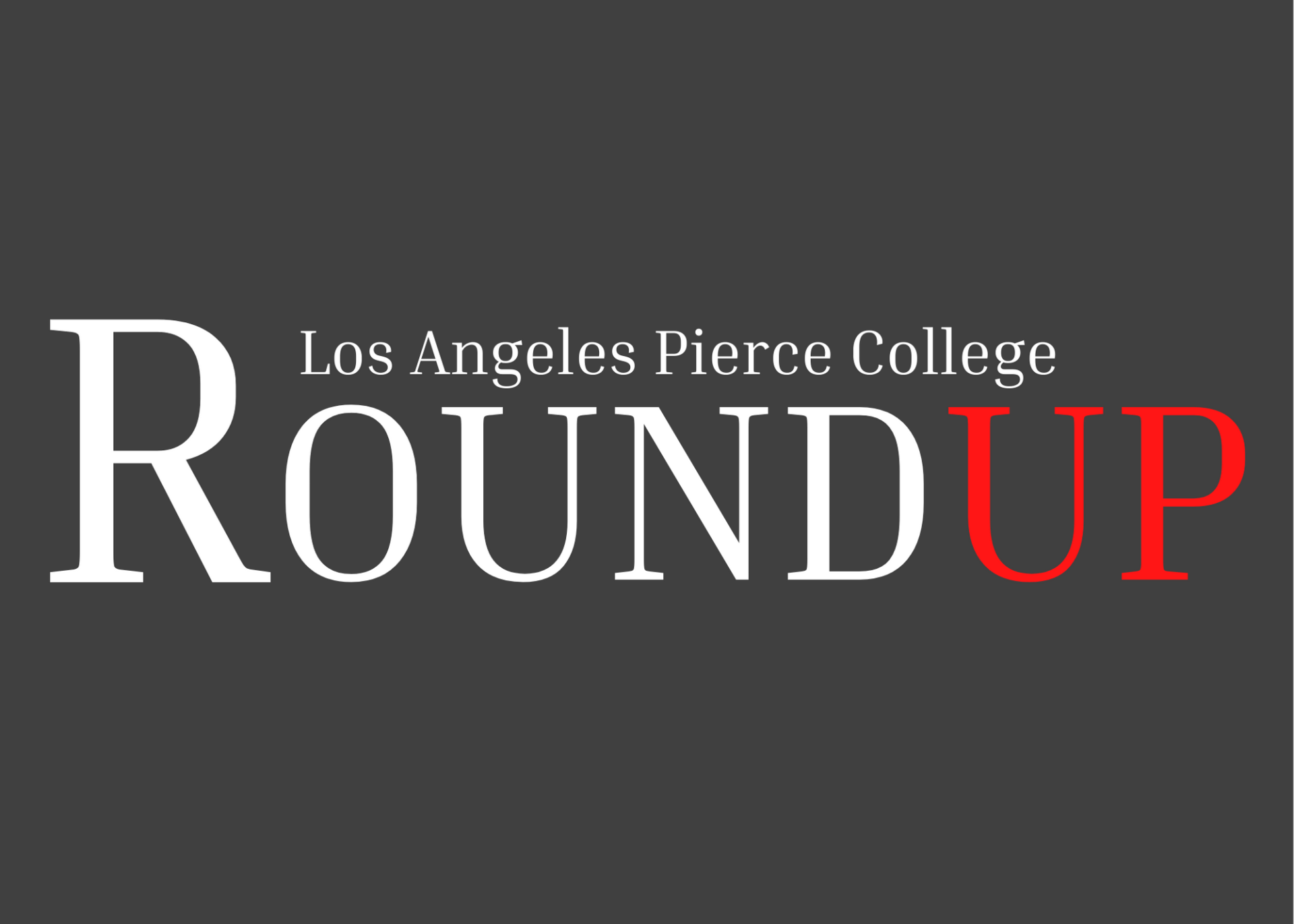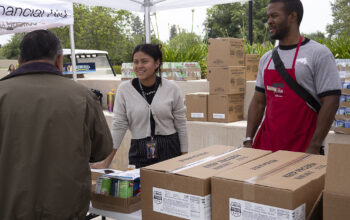The process of reviewing and recommending revisions to the construction of the Multi-Purpose Academic and Workforce Education Building was approved by the Pierce College Council (PCC) on Nov. 21, 2019.
The building’s future construction has faced backlash from multiple departments and for “scheduling multiple courses at peak times with limited square footage in one building,” according to an electronic PCC form.
Departments like mathematics, computer science and psychology are planned to fully move into the building.
During the meeting, the mathematics department voiced their dislike on the plan.
Math professor Howie Schwesky has been teaching at Pierce since 1984 and has seen multiple building projects take place on campus.
“My feeling is that in the math department, we are a very cohesive group and we collaborate a lot and for us to be physically located together, to enhance that cooperation and that cohesiveness, we really need to have a building of our own, not mixed in with other people,” Schwesky said. “Not only does it help us, it helps the students.”
Vice-chair of the math department Sheri Lehavi also voiced her opinion.
“From what I’ve seen I don’t feel that that building really will suit our needs,” Lehavi said. “I think that is an impact to student success and also a waste of taxpayer money to build something that doesn’t fit the needs of the user.”
The Associated Students Organization (ASO) also presented their interest to start a student union on campus.
“This is a community college where we encourage students to come together and yet we don’t have a community center that students can flock to or in this case, a student union,” ASO treasurer Brandon Le said.
Le said the student center would include spaces for veterans and Umoja students. Le said the goal for the student union is to build a community and relieve stress for students.
“As an extension to the student engagement center, the space will create an environment to encourage them not only on their studies but to help them to become aware of the non-academic programs and resources available to them all at one location,” Le said.




